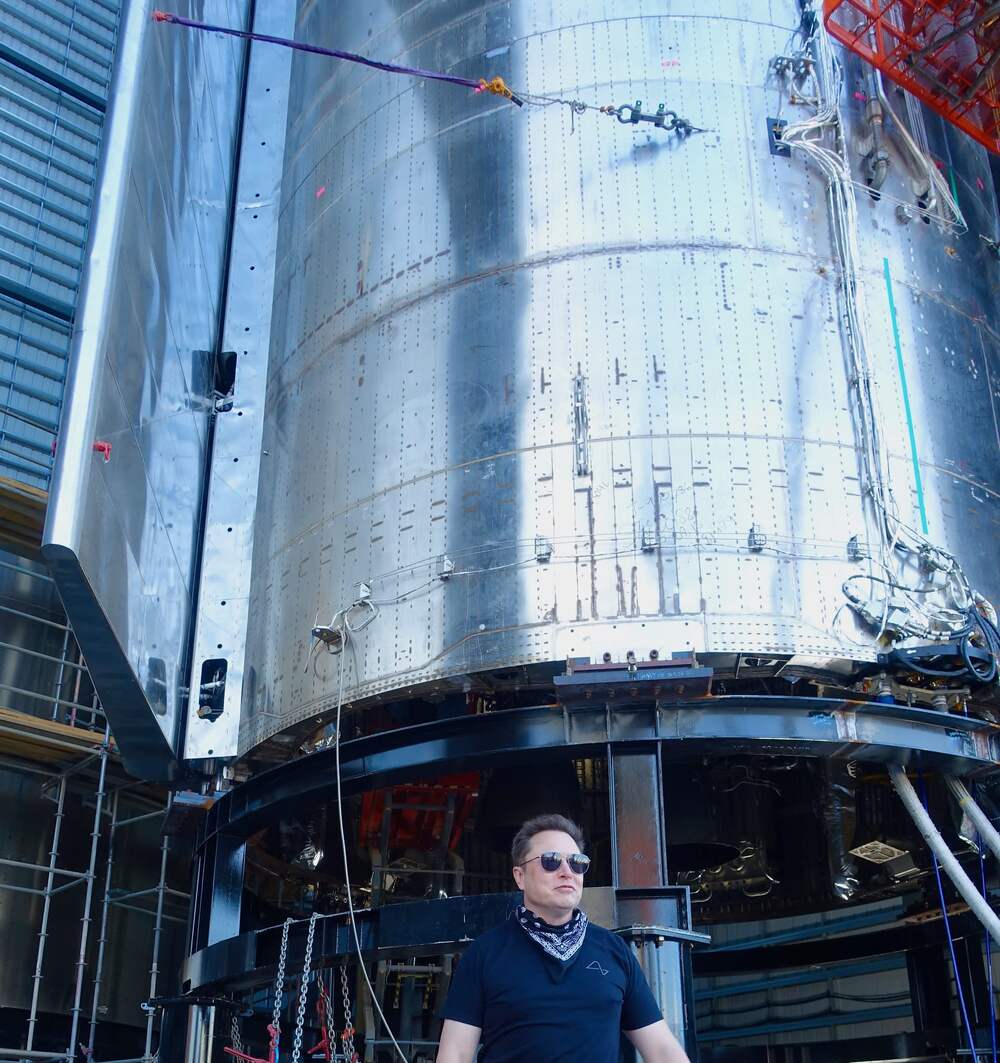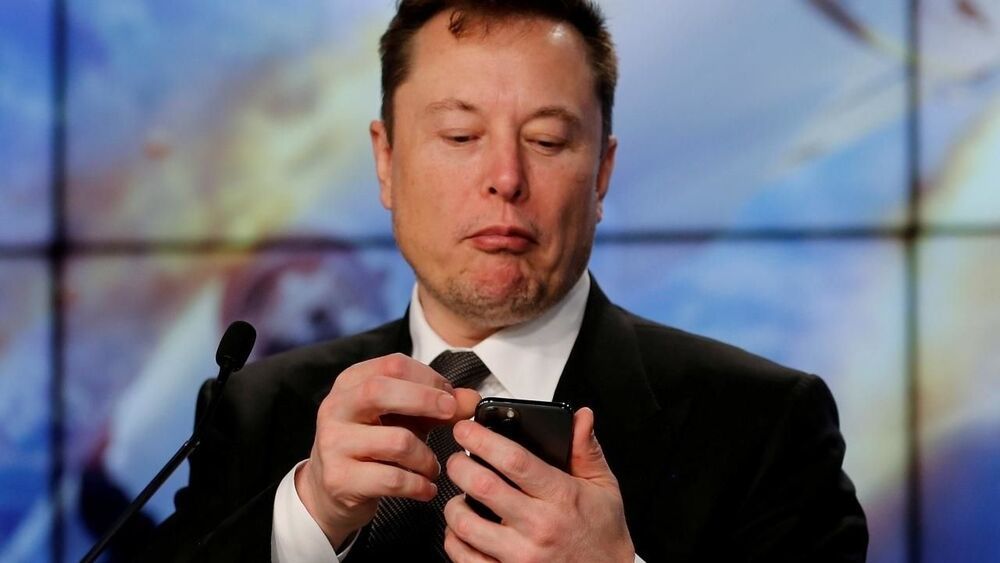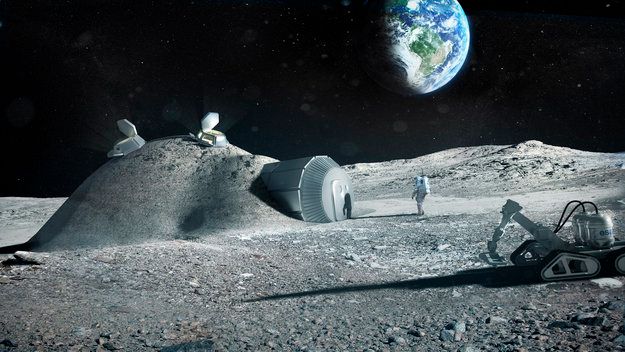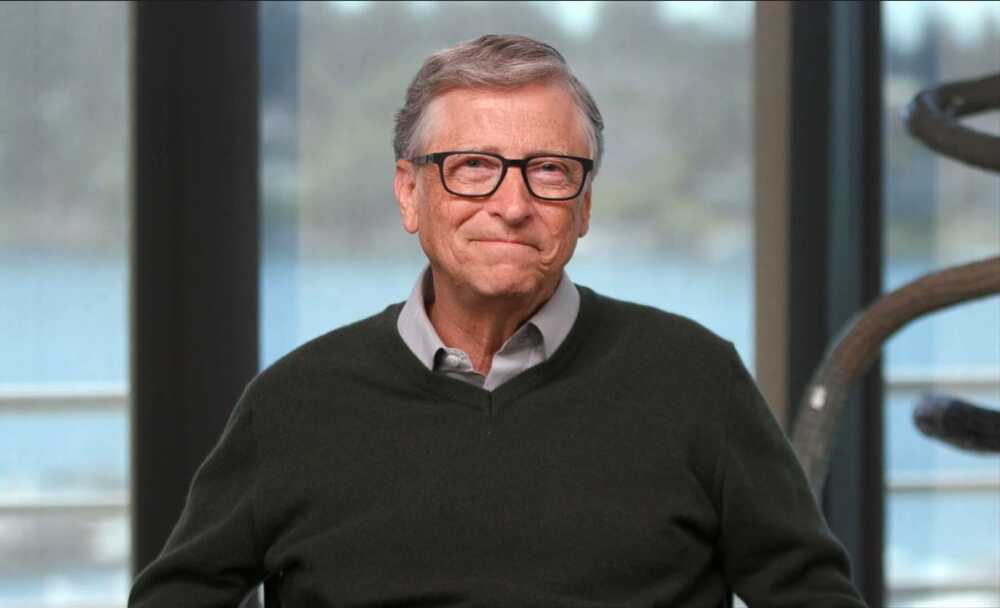Elon Musk’s SpaceX is now worth $74 billion and investors believe the company’s Starlink and Starship projects will drive that valuation even higher.





Dogecoin may have started as a joke, but one of its holders is sitting on some serious dough.
A single cryptocurrency account contains about $2 billion worth of the meme-inspired coin whose price has been pumped up by celebrities such as Elon Musk, Snoop Dogg and Gene Simmons.
The account holds about 36.8 billion dogecoins — a massive stash that accounts for more than 28 percent of all the coins currently in circulation, according to cryptocurrency data website Bitinfocharts.

Shouldn’t NASA — National Aeronautics and Space Administration already be building a moon-base with Elon Musk at SpaceX as well as Russia and China? Congress should fund space travel.
RUSSIA and China are joining forces as they prepare to sign a historic deal to build the first moon base after they snubbed the US.
The two countries are to collaborate on the international lunar structure, which was thought up by China — the latest build in the space-race against America.
🚀 Follow our Mars landing live blog for up the minute updates from Perseverance…
The purpose of the International Lunar Research Stations (ILRS), is to create a long-term robotic presence on the Moon by the start of the next decade, before eventually establishing a sustained human presence.




It appears that Elon Musk’s Starlink satellite constellation is not just aiming to provide high-speed internet service. Based on recent filings to the Federal Communications Commission (FCC), Starlink also plans to introduce a suite of related products to its portfolio, from a dedicated phone service, emergency backup for voice calls, and more affordable internet access for low-income customers through the US government’s Lifeline program.
Details of Starlink’s expanded services were mentioned in SpaceX’s petition to the FCC for a designation as an Eligible Telecommunications Carrier (ETC). According to the Elon Musk-led company, an ETC designation is required in some US states where the satellite internet program won government funding to provide internet access to underserved areas. It is also required to receive reimbursement from the FCC’s Lifeline program, which offers discounts on telecom services for low-income customers.
Starlink’s beta today only offers internet access, but in its filing, SpaceX noted that “Starlink Services will provide voice telephony services, including: (a) voice-grade access to the public switched telephone network (‘PSTN’) or its functional equivalent; (b) minutes of use for local service provided at no additional charge to end-users; © access to emergency services; and (d) toll limitation services to qualifying low-income consumers in accordance with 47 CFR §§ 54.500, et seq. Starlink Services will offer voice services on a standalone basis at rates that are reasonably comparable to urban rates.”

Elon Musk is serious about making the upcoming Tesla Roadster “hover” with rocket technology in new comments about the electric supercar.
When first unveiling the vehicle, Tesla claimed a list of impressive specs for its new Roadster, including 0–60 mph in 1.9 sec, 620-mile of range, and more.
The CEO has been also teasing those specs as the “base specs,” and other versions should have even crazier performance.